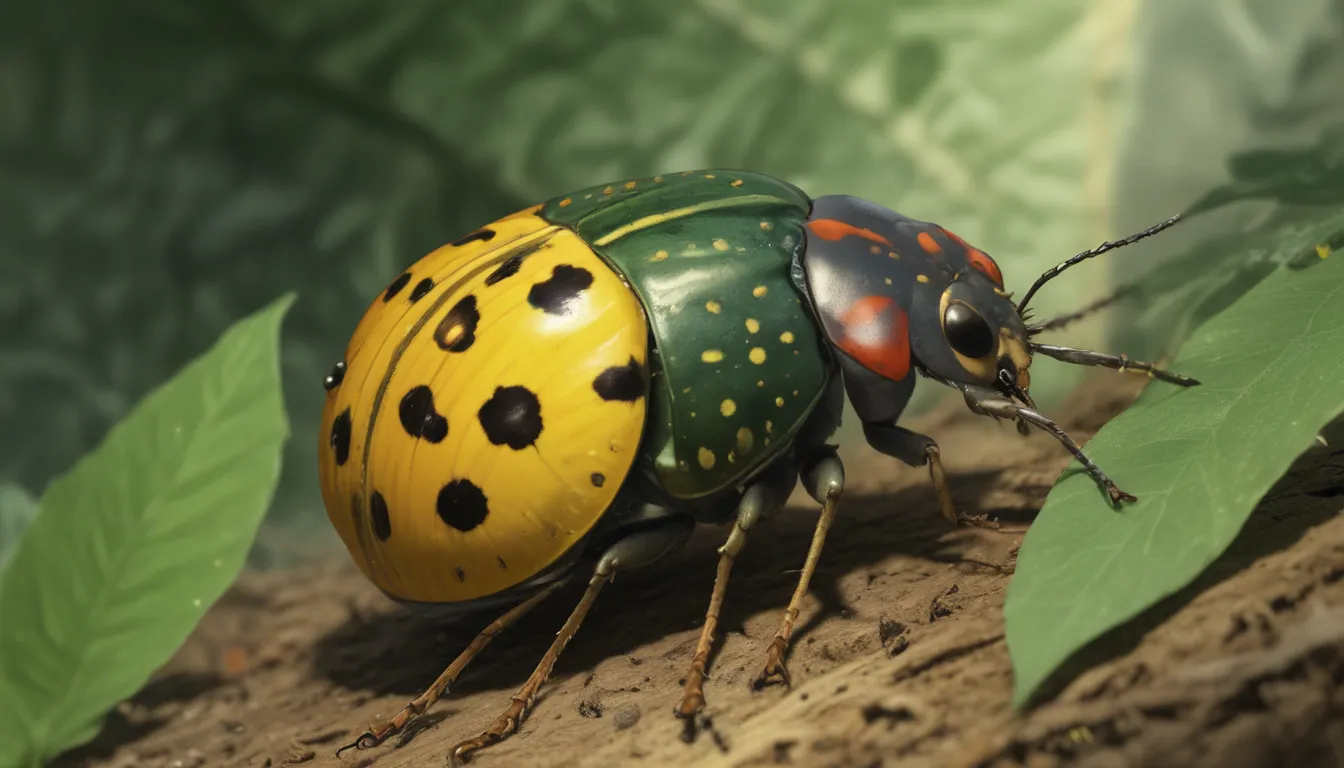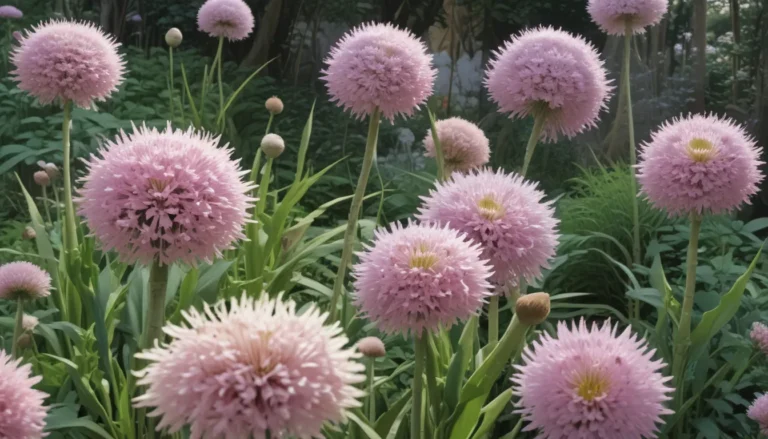Managing Cucumber Beetles: Identification, Prevention, and Control

If you’re a gardener, you know the struggle when pesky insects come in and start feasting on your hard-grown plants. Among these troublesome pests are cucumber beetles, which can wreak havoc on your cucurbits and other crops.
But fear not! In this comprehensive guide, we will walk you through everything you need to know about cucumber beetles, from identifying them to controlling their population. Let’s dive right in and save your cucumber salads, pumpkin breads, and other beloved crops from these pesky intruders.
What You’ll Learn
In this guide, we’ll cover a range of topics to help you combat cucumber beetles effectively. Here’s what you can expect to learn:
- What Are Cucumber Beetles?
- Identification of Cucumber Beetles
- Life Cycle of Cucumber Beetles
- Damage Caused by Cucumber Beetles
- Control Methods for Cucumber Beetles
What Are Cucumber Beetles?
Cucumber beetles are not merely a single species, but include members of the Acalymma and Diabrotica genera that feed on cucumbers and other cucurbits. These pests can also target beans, peas, eggplant, potatoes, apples, pears, and various ornamental plants.
Identification
The most common types of cucumber beetles are the spotted and striped varieties. The spotted cucumber beetle, Diabrotica undecimpunctata, has a yellow-green abdomen with 12 black dots, while the striped cucumber beetle, Acalymma trivittatum or A. vittatum, has three black longitudinal lines on its abdomen.
Cucumber Beetle Life Cycle
Cucumber beetles lay eggs in spring to summer, with larvae hatching to feed on roots and stems. After maturing, larvae pupate in the soil, emerging as adults to feed on plants or migrate. Depending on the climate, there can be one to three generations per growing season.
Damage to Plants
Cucumber beetles cause damage by feeding on roots, stems, leaves, fruits, and even pollen. This feeding can lead to stunted growth, leaf defoliation, reduced fruit set, and the spread of diseases such as squash mosaic virus and bacterial wilt.
Cucumber Beetle Control Methods
To manage cucumber beetles effectively, you need to be proactive in monitoring and implementing control measures. Here are some strategies you can use to protect your crops:
Cultural
- Plant cucumber varieties less appealing to cucumber beetles (e.g., ‘Liberty’ and ‘Wisconsin SMR-58’).
- Use trap crops like ‘Blue Hubbard’ squash to attract beetles away from main plantings.
- Regularly weed your garden to remove potential beetle hosts.
- Apply a layer of mulch to deter beetles and reduce egg-laying sites.
- Rotate crops to disrupt beetle life cycles.
Physical
- Till the soil in spring and fall to destroy eggs and larvae.
- Use floating row covers to protect plants from beetles.
- Consider hand-pollinating plants under row covers.
Biological
- Introduce beneficial insects like ladybugs, assassin bugs, and green lacewings to control cucumber beetles.
- Use beneficial nematodes to target beetle larvae in the soil.
Organic Pesticides
- Neem oil, kaolin clay, and spinosad are effective organic insecticides against cucumber beetles.
- Spray infected plants every 7-14 days with neem oil or kaolin clay.
Chemical Pesticides
- Use chemical insecticides as a last resort when other control methods are insufficient.
- Follow all product instructions and safety precautions carefully when using chemical treatments.
Conclusion
With the information presented in this guide, you now have the tools to identify, prevent, and control cucumber beetles in your garden. By implementing these strategies and staying vigilant, you can protect your crops from the destructive effects of these pests.
If you have any questions or experiences to share, feel free to drop them in the comments below. And remember, losing a battle with cucumber beetles doesn’t mean losing the war against garden pests. Keep gardening, stay informed, and enjoy the fruits of your labor for years to come!





